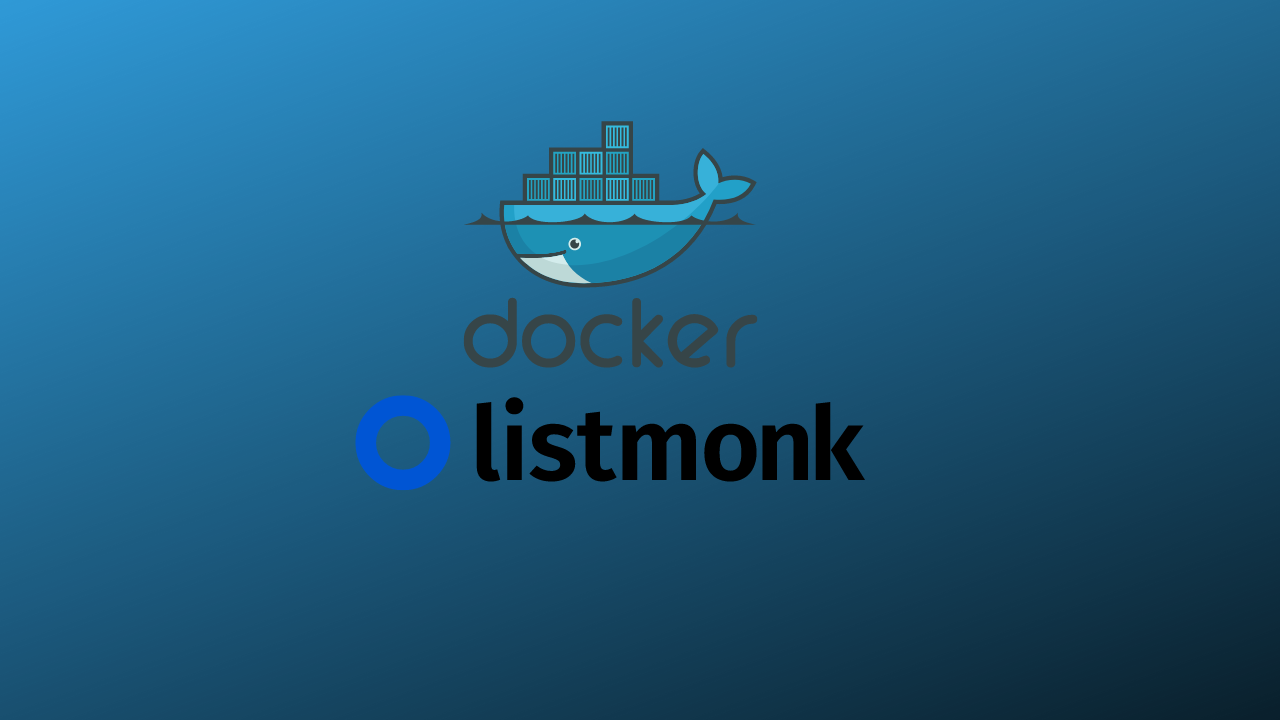Mautic is a modern-day open-source marketing automation platform enabled and used by more than 200 thousand organizations worldwide. It has over 1000 community contributors and more than 35 language translation options. If you want to self-host your newsletter then Mautic can be an excellent self-hosted open-source option for you. Let's jump in and set up Mautic with docker.
Also Read:

Docker Compose Config
Our first step is to create the docker-compose YAML file and copy it to our docker host in a central folder where you store all your docker-compose directories. Copy the YAML code below:
version: "2"
services:
mautic:
image: mautic/mautic
container_name: mautic-web
restart: always
volumes:
- /docker/mautic/data:/var/www/html
depends_on:
- mysql
ports:
- "80:80"
environment:
MAUTIC_DB_HOST: mysql
MAUTIC_DB_USER: mautic
MAUTIC_DB_PASSWORD: mauticdbpass
MAUTIC_TRUSTED_PROXIES: 0.0.0.0/0
mysql:
image: mysql:5.6
container_name: mautic-db
restart: always
volumes:
- /docker/mautic/mysql:/var/lib/mysql
environment:
MYSQL_ROOT_PASSWORD: mysqlrootpassword
MYSQL_DATABASE: mautic
MYSQL_USER: mautic
MYSQL_PASSWORD: mauticdbpass
Once the code has been copied navigate to the directory with the terminal CLI and run the following command to deploy the docker containers and set up the application stack:
docker-compose up -d
If successfully deployed you can run docker ps to see if the Mautic containers are running and then open your web browser and navigate to the IP address of the docker host and port number that you bound to the web application ie 192.168.0.60 if configured over port 80 or 192.168.0.60:8080 if configured on another port.
Setup Mautic Web Application
Once you open the web application through the browser, you must set up your Mautic platform. You will get to the page like in the example below and you can follow the prompts and set up your newsletter platform from campaigns and SMTP providers etc.

Conclusion
In conclusion, Mautic is a widely used open-source newsletter platform with rich features for individuals and organizations. If you enjoyed this article consider signing up for our newsletter and don't forget to share it with people that would find it useful. Leave a comment below with a tutorial you would like us to cover.


